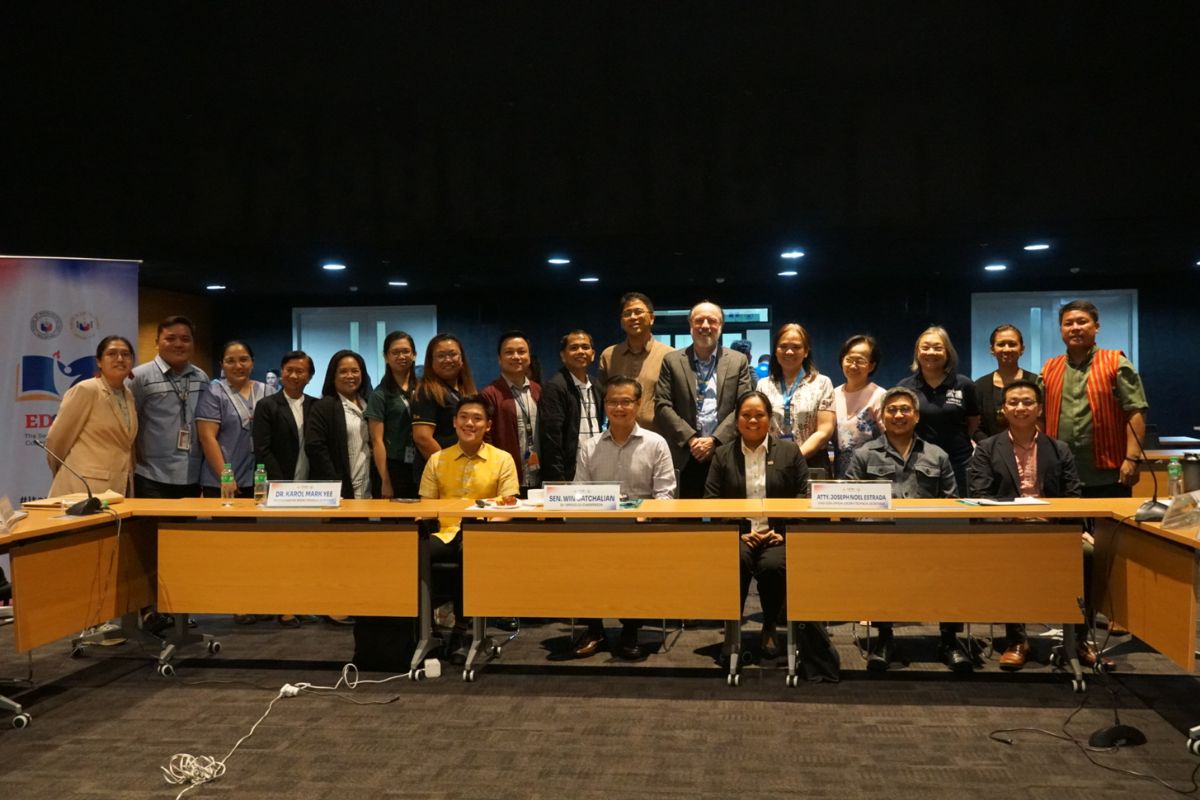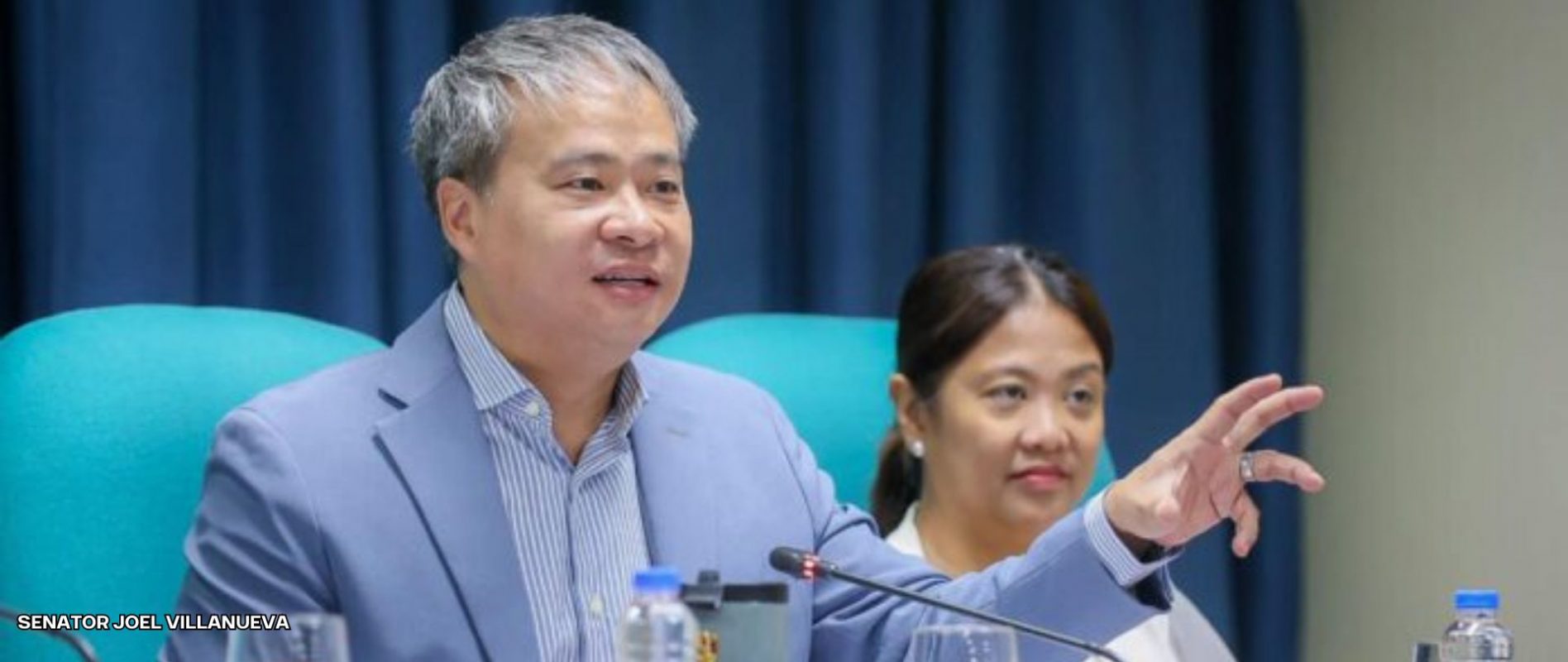EDCOM 2: MANY PROVISIONS OF ALS ACT HAVE YET TO BE IMPLEMENTED
THE 2nd Congressional Committee on Education or EDCOM 2 found out that three and a half years after the passage of the Alternative Learning System Act, many provisions of the law have yet to be fully implemented.
This is on top of implementation woes regarding budget and financing, and challenges regarding the enrollment-completion ratio of learners in ALS.
ALS is a parallel learning system that provides a viable alternative to the existing formal education instruction.
It aims to provide out-of-school children and adults with opportunities to enhance their skills and prepare for higher education, work, or self-employment.
Data from DepEd showed that there is an average enrollment of 600,000 annually, with the majority of the learners enrolled in the A&E Secondary Program.
However, it also showed that there is an alarming disparity between the number of learners who enroll in ALS and those who complete the program, with only 302,807 completers out of 655,517 enrollees of SY 2023-2024.
Many learners face socio-economic barriers that prevent them from finishing the program, such as the lack of financial support, the need to work, lack of interest, vices, marriage, and bullying.
These challenges result in high dropout rates, undermining the program’s mission to provide accessible education to all.
Moreover, despite annual increases in targeted ALS learners— rising by 1.5 times per year— the growth of the program’s enrollment figures does not align with the estimated 5 million potential learners aged 17 to 24 who are out of school. Recent data showed that only 224,885 learners are currently counted in the ALS system, a mere 9% of the estimated out-of-school youth.
EDCOM 2 also found out that governance and financing issues further complicate ALS implementation aside from a lack of support for ALS teachers.














